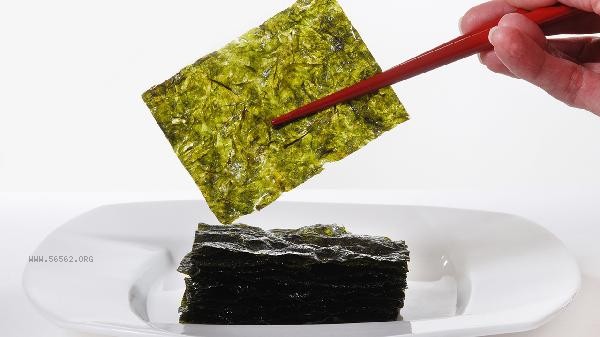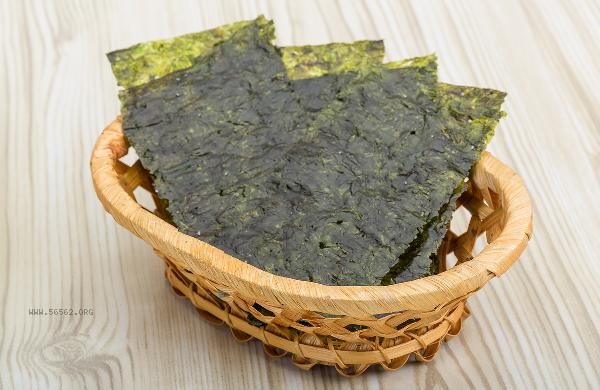If the seaweed is washed for the second day and stored properly, it can generally be consumed, but it needs to be observed for spoilage. Seaweed is rich in iodine and dietary fiber. Proper refrigeration can delay spoilage, but humid environments are prone to bacterial growth. After washing seaweed, residual moisture can accelerate microbial growth, especially when stored at room temperature for more than 4 hours, which may produce odors or mucus. It is recommended to dry the washed seaweed with kitchen paper, put it in a sealed fresh-keeping box and refrigerate it. It is safer to consume it within 24 hours. If the seaweed is sticky, dark in color, or emits a fishy odor, it indicates that it has deteriorated and needs to be discarded. Some seaweed surfaces may contain marine pollutants or processing residues, and repeated soaking can result in the loss of water-soluble vitamin B groups. Overnight seaweed will have a tough texture. Before serving as a cold dish, it can be quickly blanched in boiling water to kill bacteria. For soup, the heating time should be extended to at least 3 minutes after boiling. For those who are allergic to seafood or have weak gastrointestinal function, it is recommended to wash and eat immediately to avoid risks.

Dry seaweed should be stored in a cool and dark place for daily use, and should be used up as soon as possible after opening. Simply rinse before consumption, excessive washing can damage the nutritional content. If pre-treatment is required, dried seaweed can be sealed and frozen for 1 month. When used, it can be directly crushed and added to hot soup. Eating tomatoes or lemons rich in vitamin C can help increase iron absorption, but it is not advisable to consume too much during diarrhea to prevent worsening symptoms.










Comments (0)
Leave a Comment
No comments yet
Be the first to share your thoughts!